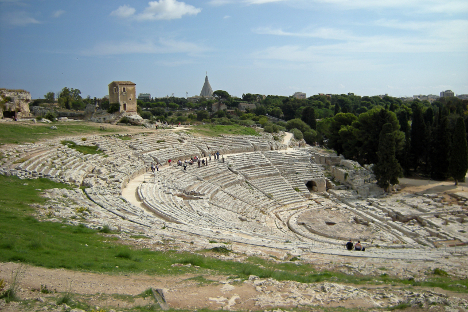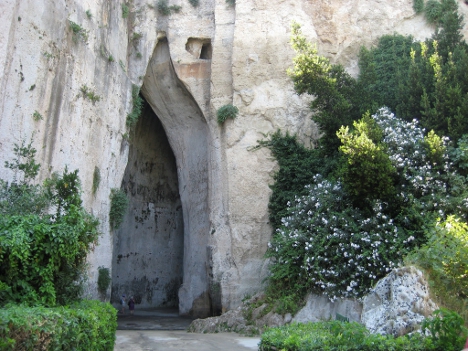Syracuse
Described by Cicero as "the most beautiful of all the Greek cities", the original center of Syracuse was founded in 734 B.C. on the island of Ortigia. The reputation of Syracuse is directly related to its Greek history and at that time the city was surrounded by a fortified wall with the castle of Eurialo as its apex, a unique example of a Greek fortress which was never conquered and is still in existence. During the Roman period the city grew noticeably both in splendor and importance. Syracuse then endured a series of occupations by various powers including the Byzantines (when it became a Byzantine imperial court), the Muslims and subsequently the Normans. After the earthquake of 1693, the city underwent a new architectural renaissance and numerous churches and Baroque buildings are still standing today as evidence of the splendour of this period.

Inside the Archeological Park which covers an area of 240,000 square meters you can find the Latomie, quarries where the Greeks excavated stone for construction projects and which were subsequently used as prisons, the Ear of Dionysius, an artificial grotto with an entrance on the form of an auricle whose internal acoustic features amplify sounds as featured in the legend of the tyrant Dionysius who imprisoned his enemies here and heard their amplified words from afar. Also inside the Archeological Park you can find the Roman Amphitheatre from the third century A.D., the Greek Theatre constructed in the fourth century B.C. but which has been modified periodically over time, the Roman Gymnasium from the first century B.C. which comprised a portico, a "quadriportico" (an open space surrounded by a portico on each side), a temple and Roman Burial Grounds stretching for a distance of around 150 meters.

Last update 21/11/2012






